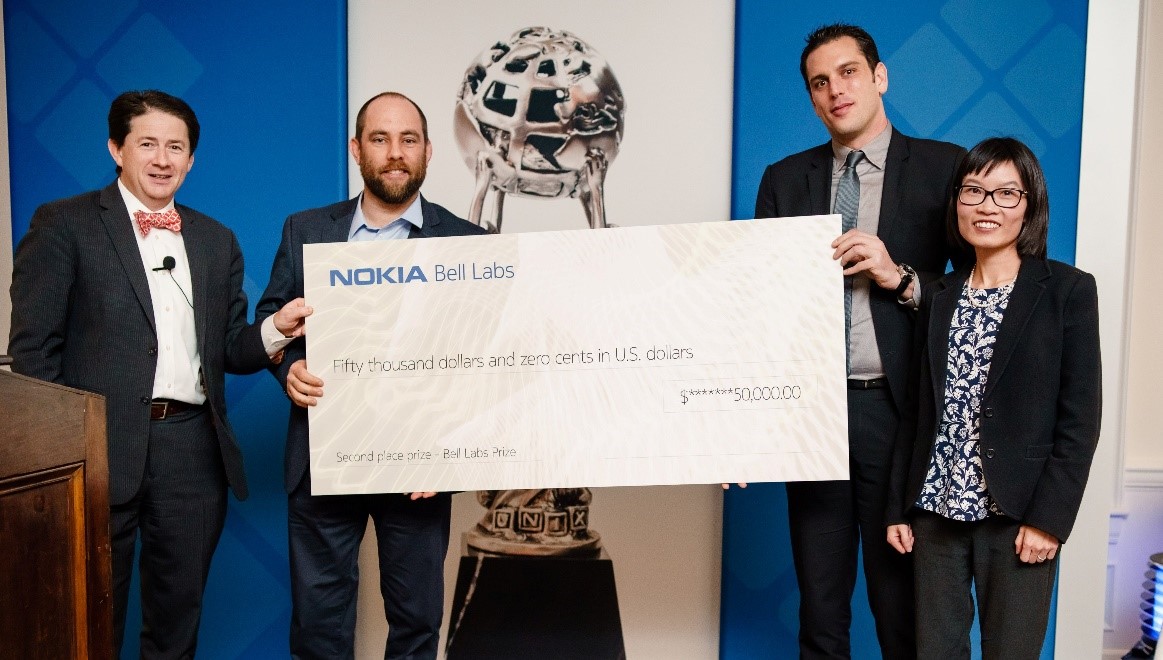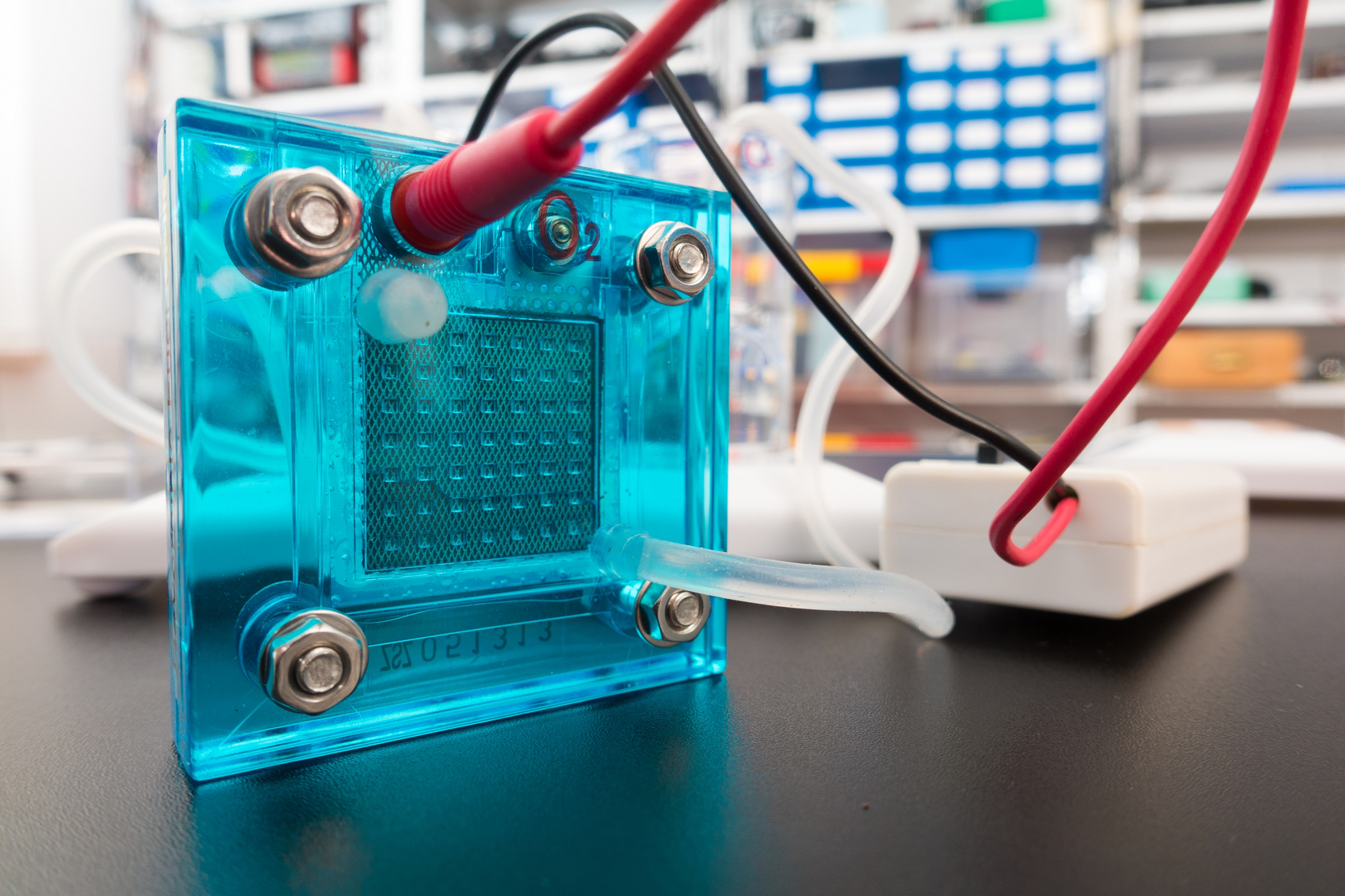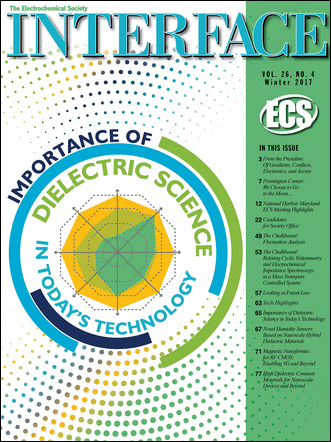Nokia recently announced the top three winners of its fourth annual Bell Labs Prize, which recognizes disruptive technology innovations with the potential to solve the critical challenges humanity faces within the next 10 years.
This year’s competition attracted more than 330 proposals from 35 countries, which were narrowed down to around 20 semifinal applications shortlisted for collaboration with Bell Labs researchers over a two-month period. These refined semifinal proposals were then reviewed by the Bell Labs leadership team and the nine finalists selected, with each finalist having the chance to extend their collaboration with leading researchers at Bell Labs.
The nine finalist applications covered topics ranging from new approaches to machine learning, new materials synthesis, new human sensory technologies, new distributed computing paradigms, new battery technologies and new programmable radio and antenna technologies. The final judging event took place with a group of seven luminaries in the STEM field.
Joint second prize was awarded to ECS member Colm O’Dwyer, Professor of Chemistry at University College in Cork, Ireland, and Chair of the Electronics & Photonics Division of ECS, for his invention of a new class of 3D-printed batteries that could be incorporated into virtually any form factor, enabling new kinds of wearable devices with medical, health, communications and other future applications.



 United States President John F. Kennedy sent a powerful message to the country in his speech at Rice University in1962, “We choose to go to the Moon in this decade and do the other things, not because they are easy, but because they are hard; because that goal will serve to organize and measure the best of our energies and skills, because that challenge is one that we are unwilling to postpone, and one we intend to win.”
United States President John F. Kennedy sent a powerful message to the country in his speech at Rice University in1962, “We choose to go to the Moon in this decade and do the other things, not because they are easy, but because they are hard; because that goal will serve to organize and measure the best of our energies and skills, because that challenge is one that we are unwilling to postpone, and one we intend to win.” Applying a tiny coating of costly platinum just 1 nanometer thick—about 1/100,000th the width of a human hair—to a core of much cheaper cobalt could bring down the cost of fuel cells.
Applying a tiny coating of costly platinum just 1 nanometer thick—about 1/100,000th the width of a human hair—to a core of much cheaper cobalt could bring down the cost of fuel cells.


 A new issue of ECS Transactions (ECST) has just been published. This issue incorporates 42 papers presented at the 18th International Conference on Advanced Batteries, Accumulators and Fuel Cells (ABAF 2017). This conference was held in Brno, Czech Republic, September 10-13, 2017.
A new issue of ECS Transactions (ECST) has just been published. This issue incorporates 42 papers presented at the 18th International Conference on Advanced Batteries, Accumulators and Fuel Cells (ABAF 2017). This conference was held in Brno, Czech Republic, September 10-13, 2017.